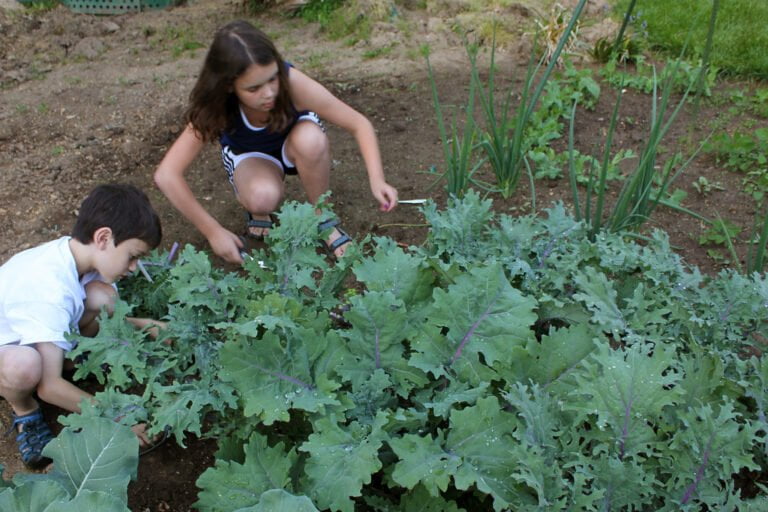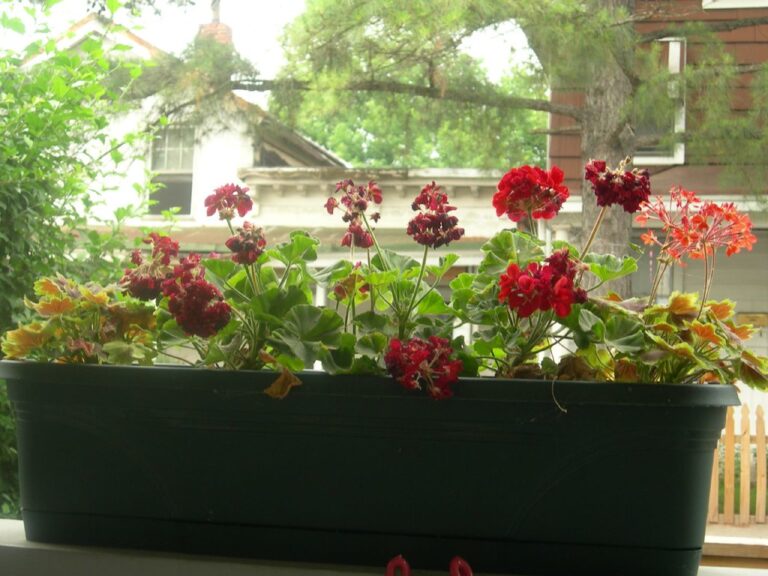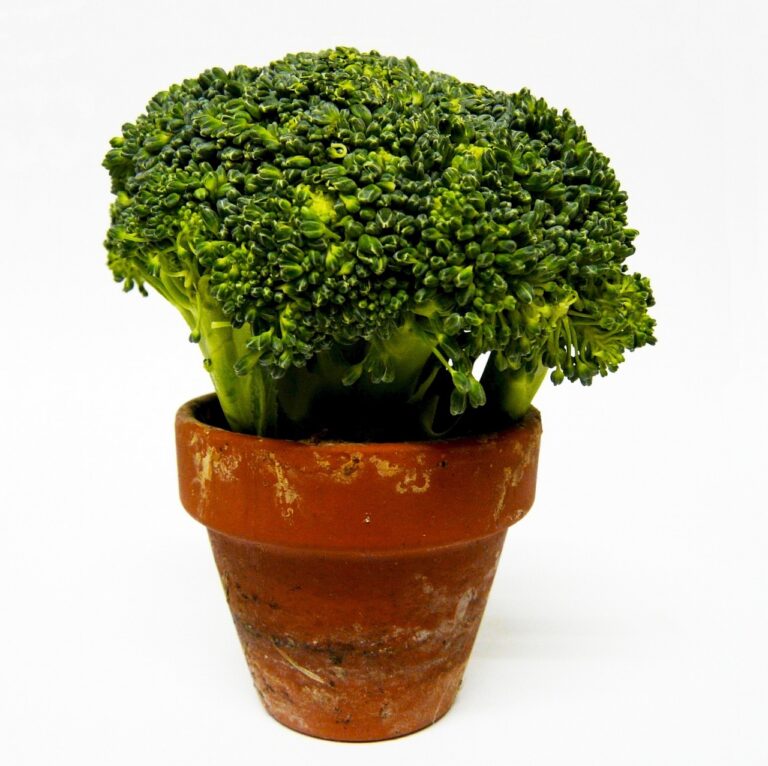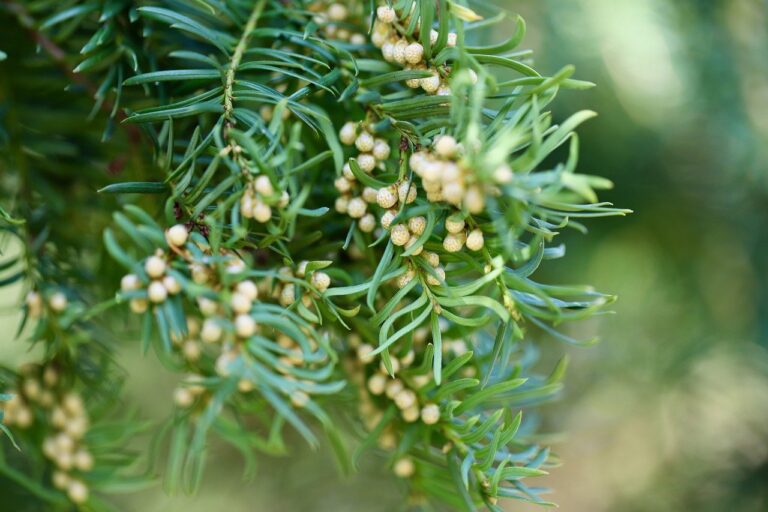Exploring the World of Geranium Leaves: Types, Care, and Benefits
Are you ready to dive into the fascinating world of geranium leaves? In this article, we will explore the various types of geranium leaves, provide tips for their care, and uncover the incredible benefits they offer. Discover the ideal growing conditions, learn how to water and fertilize them properly, and find out how to combat common pests and diseases. From cooking to medicinal purposes, crafting to decor, geranium leaves have endless creative uses. Get ready to serve yourself and others with the wonders of geranium leaves.
Different Types of Geranium Leaves
There are several types of geranium leaves, each with its own unique characteristics and growth patterns. One of the most common types is the zonal geranium, known for its vibrant colors and distinctive ring patterns on the leaves. These leaves are hardy and can withstand a variety of weather conditions, making them perfect for outdoor gardens. Another type is the scented geranium, which as the name suggests, releases a pleasant fragrance when the leaves are touched. These leaves come in various scents like rose, lemon, and mint, adding a delightful aroma to your garden. Lastly, we have the ivy geranium, which has trailing stems and leaves that cascade down beautifully. These leaves are perfect for hanging baskets or window boxes, adding a touch of elegance to your space. Understanding the different types of geranium leaves will help you choose the right variety for your garden, ensuring its success and beauty.
Ideal Growing Conditions for Geranium Leaves
To properly grow geranium leaves, you will need to provide them with the ideal growing conditions. Geraniums thrive in full sun, so choose a location in your garden that receives at least six to eight hours of direct sunlight each day. They also prefer well-draining soil that is rich in organic matter. Before planting, make sure to amend the soil with compost or well-rotted manure to improve its fertility and drainage. Water geraniums regularly, keeping the soil evenly moist but not waterlogged. Avoid overhead watering, as wet leaves can lead to fungal diseases. Fertilize your geraniums every four to six weeks during the growing season with a balanced, water-soluble fertilizer. With the right growing conditions, your geranium leaves will flourish, providing you with beautiful foliage and vibrant blooms.
Watering and Fertilizing Geranium Leaves
For optimal growth and health of your geranium leaves, you need to ensure proper watering and fertilizing. Watering your geraniums correctly is crucial. Give them a good soak, but be careful not to overwater. The soil should be moist, but not waterlogged. Watering from the bottom is recommended, as it allows the roots to absorb the water efficiently. When it comes to fertilizing, use a balanced fertilizer specifically formulated for geraniums. Apply it every two weeks during the growing season. Be sure to follow the instructions on the packaging. Over-fertilizing can lead to leaf burn and stunted growth. Remember to also remove any dead or yellowing leaves regularly to encourage new growth. Taking care of your geranium leaves through proper watering and fertilizing will ensure their vibrant and healthy appearance.
Common Pests and Diseases Affecting Geranium Leaves
Protect your geranium leaves from common pests and diseases to ensure their continued health and vitality. As a passionate gardener, you understand the importance of maintaining the well-being of your plants. One of the most common pests that can affect your geranium leaves is aphids. These tiny insects feed on the sap of the leaves, causing them to curl and distort. To combat aphids, you can use a gentle insecticidal soap or spray them with a mixture of water and dish soap. Another common issue is powdery mildew, which appears as a white, powdery substance on the leaves. To prevent powdery mildew, avoid overcrowding your plants and provide proper air circulation. If you notice any signs of pests or diseases, it's crucial to take immediate action to protect your geranium leaves and preserve their beauty.
Propagation Methods for Geranium Leaves
If you want to expand your geranium collection, you can easily propagate geranium leaves using a few simple methods. One effective way is through stem cuttings. Choose a healthy, mature stem and make a clean cut just below a leaf node. Remove any lower leaves and dip the cut end in a rooting hormone to encourage root growth. Plant the cutting in a well-draining soil mix and keep it moist. Another method is leaf cuttings. Select a healthy, fully developed leaf and cut it into sections, making sure each section has a vein. Place the sections on top of a moist potting mix, cover them lightly, and keep them warm and moist. In a few weeks, you should start to see roots and new growth. With these propagation methods, you can easily multiply your geranium collection and share the joy of these beautiful plants with others.
Pruning and Shaping Geranium Leaves
To properly maintain your geranium leaves, it is important to regularly prune and shape them. Pruning not only helps to maintain the overall health and appearance of the plant, but it also encourages new growth and prevents disease. Start by removing any dead or yellowing leaves, as these can attract pests and hinder the plant's growth. Use sharp pruning shears to make clean cuts, just above a leaf node or bud. Shaping your geranium leaves can be done by pinching back the stems to encourage bushier growth. Simply pinch off the top few inches of the stem, just above a set of leaves. This will promote branching and create a fuller, more compact plant. Remember to remove any spent flowers to encourage continuous blooming. Pruning and shaping your geranium leaves will not only result in a healthier and more attractive plant, but it will also bring you joy and satisfaction as you care for and serve your green companions.
Using Geranium Leaves in Cooking and Medicinal Purposes
Using geranium leaves in cooking and medicinal purposes offers a wide range of health benefits. When it comes to cooking, geranium leaves can add a unique and aromatic flavor to a variety of dishes. You can use them in teas, salads, desserts, and even savory dishes like soups and stews. Their citrusy, floral taste can uplift any dish and make it more enjoyable. Medicinally, geranium leaves have been used for centuries to treat various ailments. They have anti-inflammatory properties that can help with skin conditions like acne and eczema. Geranium leaves are also known for their antibacterial and antifungal properties, making them effective in treating infections. They can be used topically or ingested as a tea or supplement. By incorporating geranium leaves into your cooking and medicinal routines, you can not only enhance your meals but also improve your overall health.
Creative Uses for Geranium Leaves in Crafts and Decor
How can you incorporate geranium leaves into your crafts and decor? Geranium leaves can add a touch of natural beauty and elegance to your creative projects. One simple way to use them is by pressing the leaves and using them in framed botanical art. To do this, choose fresh, vibrant geranium leaves and place them between two sheets of absorbent paper. Press them under a heavy book for a few weeks until they are completely dry. Once dried, you can arrange them in a pleasing design and frame them for a unique piece of art. Another idea is to use geranium leaves as stencils. Simply trace the shape of the leaf onto a piece of cardstock and cut it out. Then, use the leaf stencil to create patterns on fabric, walls, or furniture. This will add a touch of nature-inspired beauty to your home decor. Lastly, you can make fragrant sachets with geranium leaves. Fill small fabric bags with dried geranium leaves and place them in drawers or closets to enjoy their refreshing aroma. Get creative and let the natural beauty of geranium leaves inspire your crafts and decor!
Benefits of Geranium Leaves for Indoor Air Quality
Enhance the air quality in your home with the natural benefits of geranium leaves. Not only do these vibrant leaves add a touch of beauty to your space, but they also work tirelessly to purify the air you breathe. Geranium leaves are known for their ability to absorb harmful toxins and pollutants, such as formaldehyde and benzene, commonly found in household products and materials. Their broad surface area allows them to capture these airborne impurities, effectively cleansing the air and creating a healthier living environment for you and your loved ones. By placing a few geranium plants strategically around your home, you can enjoy the benefits of improved indoor air quality, promoting better respiratory health and overall well-being. Let the power of geranium leaves serve you and your family, providing a breath of fresh air in the comfort of your own home.
Troubleshooting Common Issues With Geranium Leaves
Having trouble with your geranium leaves? Don't worry, we've got you covered! Geraniums are generally easy to care for, but occasionally, issues can arise. One common problem you might encounter is yellowing leaves. This could be due to overwatering, nutrient deficiencies, or even pests. To address this, make sure you are watering your geraniums properly and providing them with adequate sunlight. Additionally, consider using a balanced fertilizer to ensure they are getting the nutrients they need. Another issue you may face is leaf spots. This can be caused by fungal or bacterial diseases. To prevent this, avoid overhead watering and keep the leaves dry. If you notice any diseased leaves, remove them promptly to prevent the spread. By troubleshooting these common issues, you'll be able to keep your geranium leaves healthy and thriving.
Conclusion
In conclusion, exploring the world of geranium leaves opens up a world of possibilities. With various types to choose from and ideal growing conditions to consider, geranium leaves can thrive in any garden. From watering and fertilizing to dealing with pests and diseases, taking care of geranium leaves requires patience and dedication. However, the benefits are worth it, as geranium leaves can be used in cooking, medicinal purposes, crafts, and even to improve indoor air quality. So why not start discovering the wonders of geranium leaves today?






